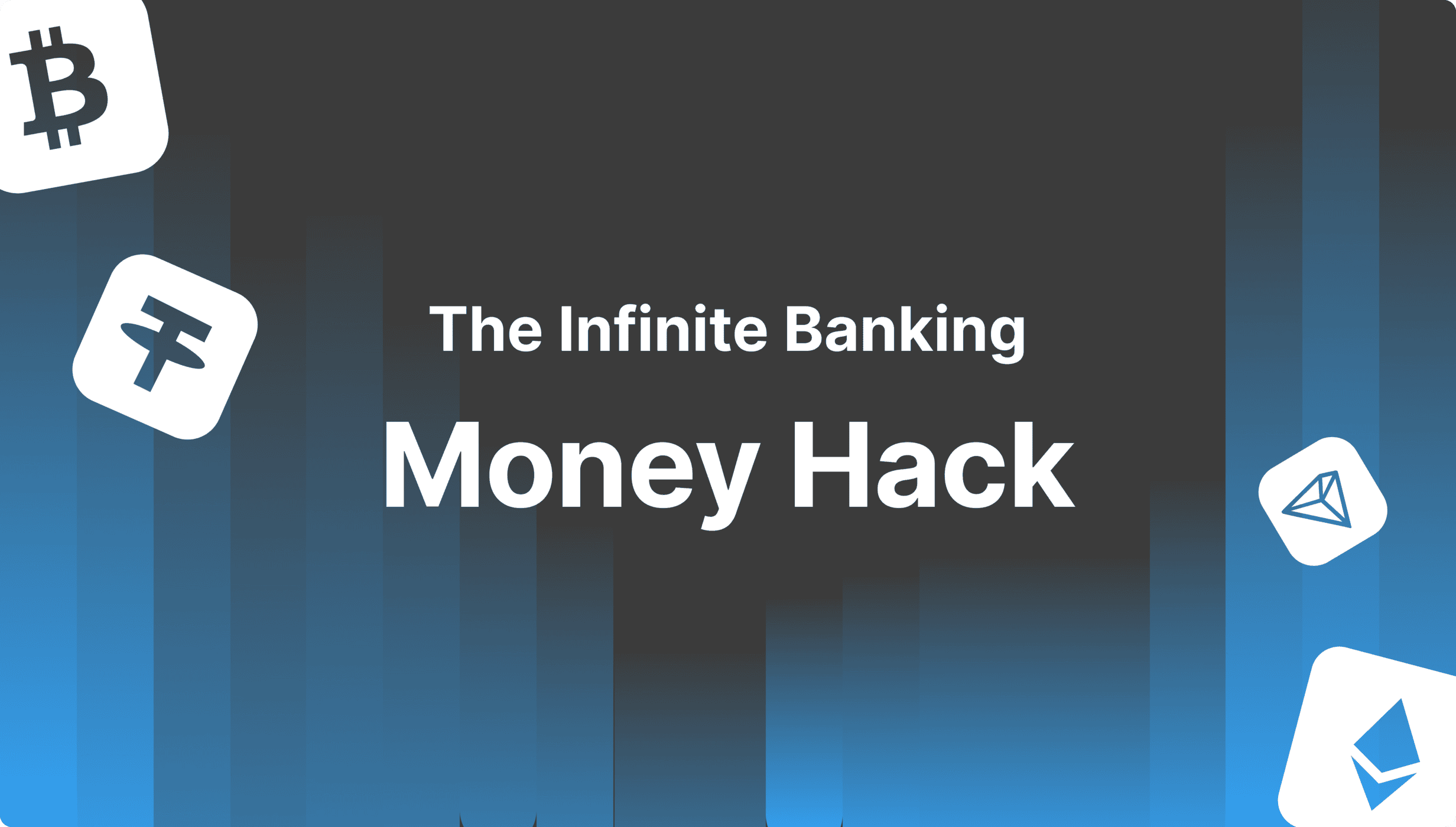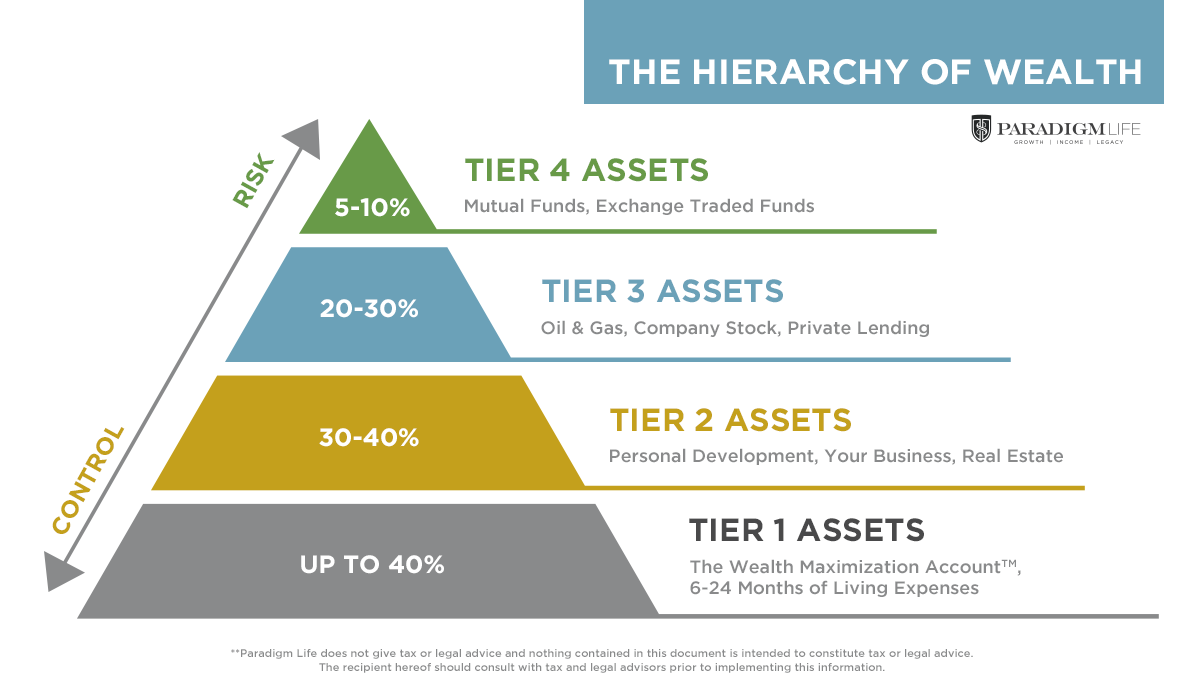All Categories
Featured
Table of Contents
Okay, to be reasonable you're truly "banking with an insurance coverage firm" rather than "banking on yourself", however that principle is not as very easy to sell. It's a little bit like the idea of buying a residence with cash, after that borrowing against the residence and placing the money to function in one more investment.
Some individuals like to speak about the "rate of money", which primarily means the exact same point. That does not indicate there is nothing beneficial to this principle once you get past the advertising.
The entire life insurance policy industry is pestered by excessively costly insurance, large commissions, unethical sales methods, low prices of return, and inadequately educated clients and salespeople. If you want to "Financial institution on Yourself", you're going to have to wade into this sector and really buy entire life insurance policy. There is no substitute.
The warranties inherent in this product are essential to its function. You can borrow versus most kinds of money worth life insurance, yet you should not "bank" with them. As you buy an entire life insurance coverage policy to "financial institution" with, bear in mind that this is a totally different area of your financial plan from the life insurance policy area.
Get a large fat term life insurance coverage policy to do that. As you will certainly see below, your "Infinite Financial" policy actually is not going to accurately give this vital monetary function. One more problem with the fact that IB/BOY/LEAP depends, at its core, on a whole life policy is that it can make getting a policy troublesome for much of those interested in doing so.
Cash Flow Banking With Life Insurance
Dangerous leisure activities such as diving, rock climbing, skydiving, or flying additionally do not mix well with life insurance policy items. The IB/BOY/LEAP supporters (salespeople?) have a workaround for youbuy the plan on someone else! That may exercise great, considering that the point of the policy is not the survivor benefit, but bear in mind that acquiring a policy on minor children is more pricey than it needs to be given that they are usually underwritten at a "typical" rate instead of a liked one.

Most plans are structured to do one of two points. The payment on an entire life insurance policy is 50-110% of the initial year's costs. Often plans are structured to optimize the fatality advantage for the costs paid.
The rate of return on the policy is very important. One of the best means to make best use of that factor is to get as much cash money as feasible into the policy.
The finest means to enhance the price of return of a policy is to have a reasonably small "base policy", and afterwards placed more cash money right into it with "paid-up enhancements". As opposed to asking "Just how little can I place in to get a certain survivor benefit?" the question becomes "How a lot can I lawfully placed into the policy?" With more cash money in the plan, there is more cash worth left after the costs of the survivor benefit are paid.
An added benefit of a paid-up enhancement over a regular premium is that the commission price is reduced (like 3-4% instead of 50-110%) on paid-up enhancements than the base plan. The less you pay in payment, the higher your rate of return. The price of return on your money value is still mosting likely to be negative for a while, like all cash worth insurance plan.
A lot of insurance coverage business only supply "direct acknowledgment" fundings. With a direct acknowledgment loan, if you borrow out $50K, the returns rate applied to the money value each year just applies to the $150K left in the policy.
Rbc Royal Bank Visa Infinite Avion
With a non-direct acknowledgment finance, the company still pays the same returns, whether you have actually "obtained the cash out" (technically versus) the plan or otherwise. Crazy? Why would certainly they do that? That recognizes? But they do. Frequently this feature is coupled with some less helpful facet of the plan, such as a lower reward price than you could obtain from a policy with straight acknowledgment finances (how infinite banking works).
The firms do not have a source of magic totally free cash, so what they give up one place in the plan must be drawn from another location. If it is taken from a feature you care less around and put into a feature you care more around, that is a good thing for you.
There is another crucial function, usually called "laundry financings". While it is excellent to still have actually rewards paid on money you have actually gotten of the policy, you still need to pay passion on that particular funding. If the dividend price is 4% and the finance is billing 8%, you're not exactly coming out in advance.
With a wash car loan, your finance rate of interest is the very same as the reward rate on the policy. So while you are paying 5% rate of interest on the financing, that passion is totally balanced out by the 5% dividend on the loan. In that respect, it acts just like you took out the cash from a financial institution account.

5%-5% = 0%-0%. Same exact same. Thus, you are now "financial on yourself." Without all 3 of these aspects, this plan simply is not going to work extremely well for IB/BOY/LEAP. The biggest problem with IB/BOY/LEAP is the people pressing it. Almost all of them stand to make money from you getting into this principle.
Actually, there are numerous insurance policy agents discussing IB/BOY/LEAP as a feature of whole life who are not really marketing plans with the required attributes to do it! The problem is that those that know the idea best have a large conflict of passion and usually inflate the advantages of the principle (and the underlying plan).
Infinite Family Banking
You ought to compare borrowing against your plan to taking out cash from your interest-bearing account. Return to the start. When you have absolutely nothing. No money in the financial institution. No money in investments. No cash in cash money value life insurance. You are confronted with a selection. You can put the cash in the financial institution, you can invest it, or you can buy an IB/BOY/LEAP plan.
You pay taxes on the interest each year. You can conserve some more money and put it back in the financial account to start to make interest again.
It grows throughout the years with funding gains, dividends, rental fees, and so on. Some of that income is taxed as you accompany. When it comes time to get the boat, you sell the financial investment and pay tax obligations on your long-term funding gains. Then you can conserve some more cash and acquire some even more financial investments.
The cash money value not made use of to spend for insurance and commissions grows over the years at the returns rate without tax obligation drag. It begins with unfavorable returns, but hopefully by year 5 or two has damaged even and is growing at the returns rate. When you most likely to purchase the boat, you borrow against the plan tax-free.
My Own Bank
As you pay it back, the money you paid back begins expanding again at the dividend rate. Those all job rather likewise and you can contrast the after-tax rates of return.
They run your debt and give you a financing. You pay passion on the obtained cash to the financial institution until the financing is paid off.
Table of Contents
Latest Posts
Becoming Your Own Banker
Infinite Banking Insurance Companies
Infinite Banker
More
Latest Posts
Becoming Your Own Banker
Infinite Banking Insurance Companies
Infinite Banker